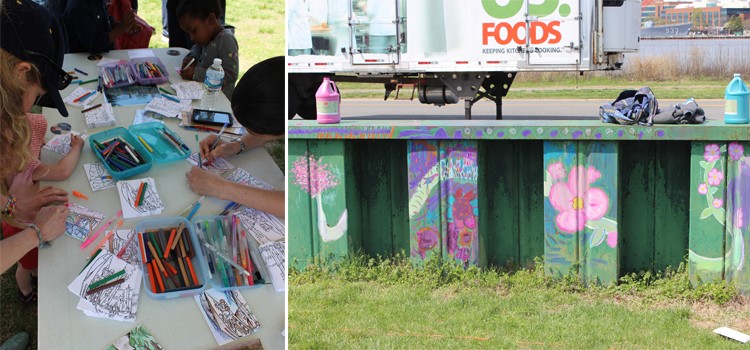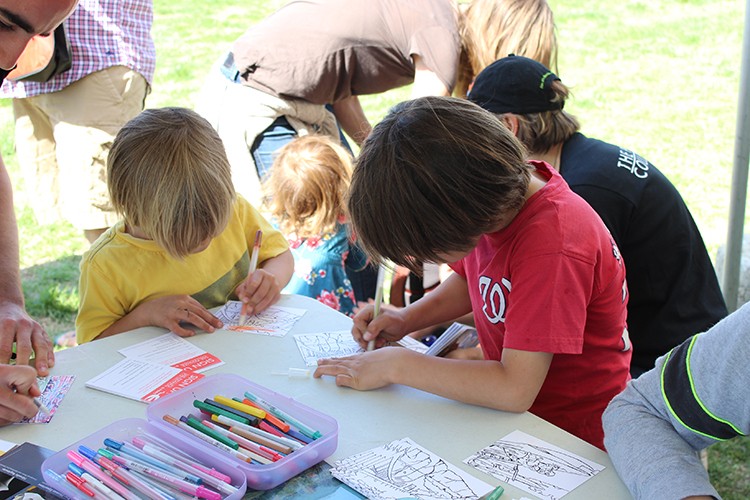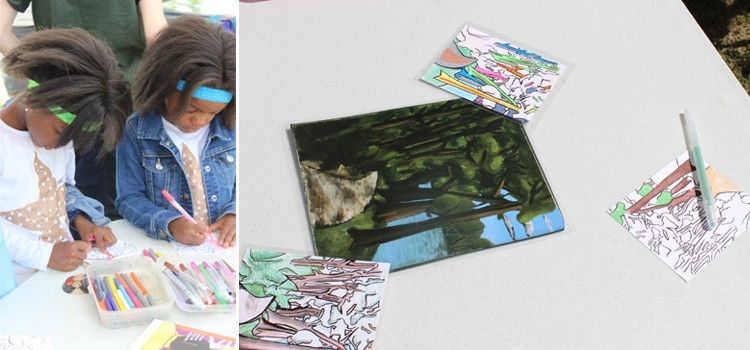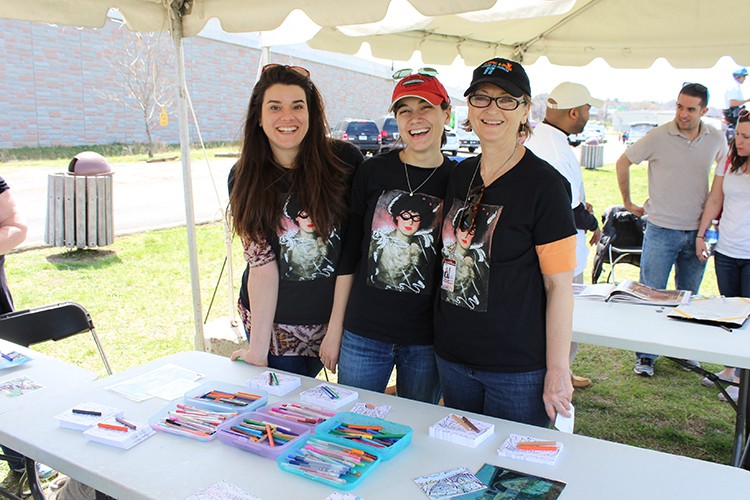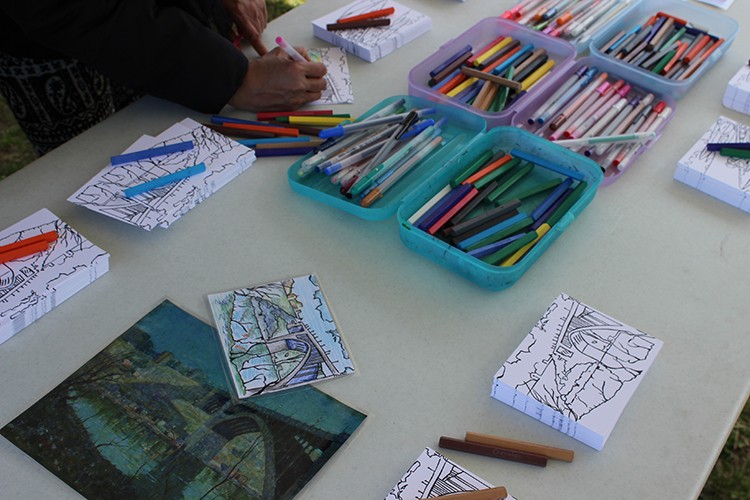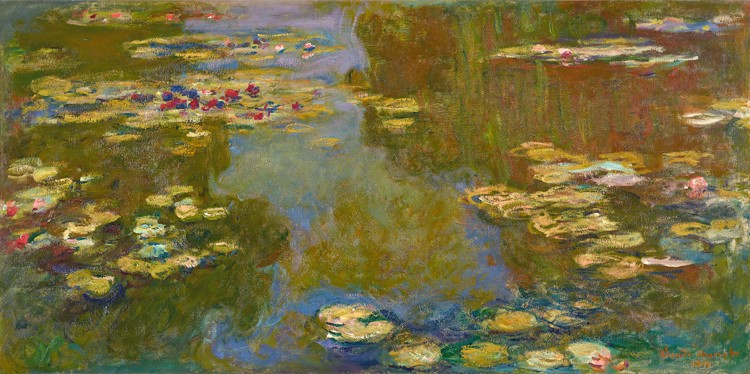In anticipation of her installation of her work Contingency on Wall at the Phillips, artist Dove Bradshaw sat down with Phillips blog manager Amy Wike to discuss her artistic process. Read Part 1 here.
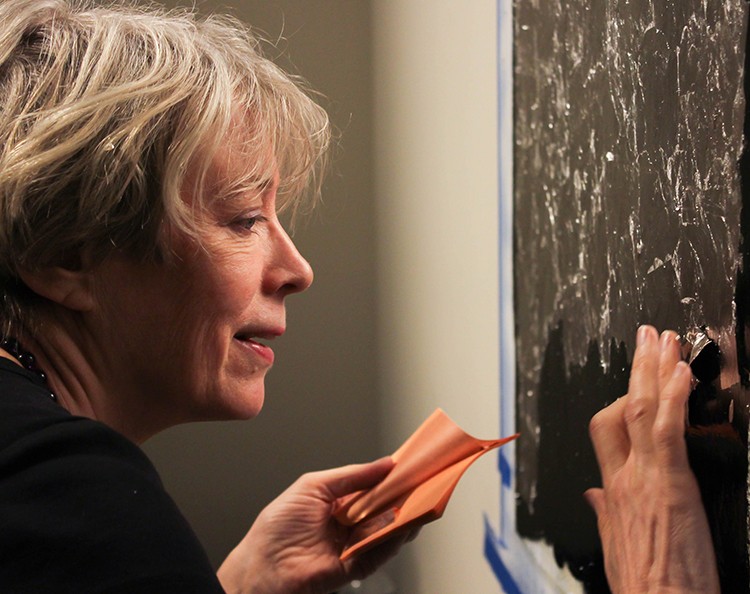
Dove Bradshaw installing Contingency on Wall (2016) at the Phillips. Photo: Rhiannon Newman
Amy Wike: It’s interesting that you’re talking about how your different forms of media relate to each other, but also you’ve talked about how your work relates back to your work from much earlier on.
Dove Bradshaw: Decades. For the first time this year, I am using materials that could not have been used for thousands of years. Everything else I used was salt, silver, linen, canvas—materials that had been around since antiquity. But 3D-printing, resin—no . . . . The show I have on now called Unintended Consequences . . . includes bullets that are 3D-printed from the same .38 caliber bullets that I collected about 35 to 36 years earlier (I had made them into earrings). I had not done anything with bullets since, and once 3D-printing became viable, I blew them up to 25–30 inches and surfaced them with white gold, aluminum, bronze, lemon gold, black rubber, and so on. They are shown with these paintings that are silver leaf with organic matter and in some cases, the marriage between the paintings and the sculpture is very close because it looks like some of this abstract imagery that’s on the paintings.
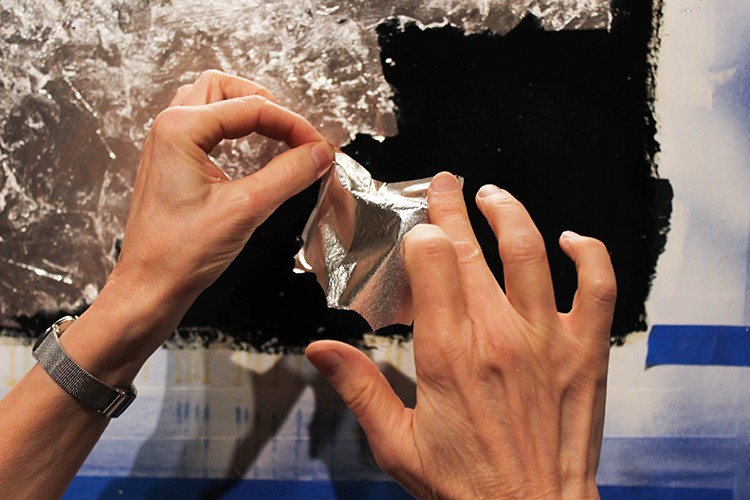
Dove Bradshaw installing Contingency on Wall (2016) at the Phillips. Photo: Rhiannon Newman
AW: Back to what is being shown here: Contingency on Wall is part of a larger series, the Contingency series. Could you talk a bit about the series and how this work that’s on view at the Phillips fits into it?
DB: The word “contingency” came from the activity of silver; as I said, it’s contingent on light, air, and humidity, and [I use] this chemical which speeds it up and alters it irrevocably; it won’t look that way with just light and air and humidity, it makes marks and distinguishes the foreground and the background.
I got the title from John Cage’s 15 ingredients for a composition presented as part of his Norton lectures, which would relate very much to any artistic practice. Some of the words Cage used were contingency, indeterminacy, notation, discipline, performance . . . so I had gone through this list and used as titles about half the words he used as titles, and “contingency” worked very well for the paintings. Then I’ll give identifiers: Contingency [Snowmelt], for instance, just identifies that this particular painting was out in the snow for a while.
AW: My last question: you mentioned Piet Mondrian, John Cage; are there any other artists who inform your work?
DB: Dalí was a huge early influence, still love him—amazing creativity, completely unfettered, even met him—flirted with me! Though he must have done that with a lot of young girls. But I wouldn’t say that he’s an influence anymore. I would say Duchamp was a major influence, the permission that he gave.

Dove Bradshaw installing Contingency on Wall (2016) at the Phillips. Photo: Rhiannon Newman


